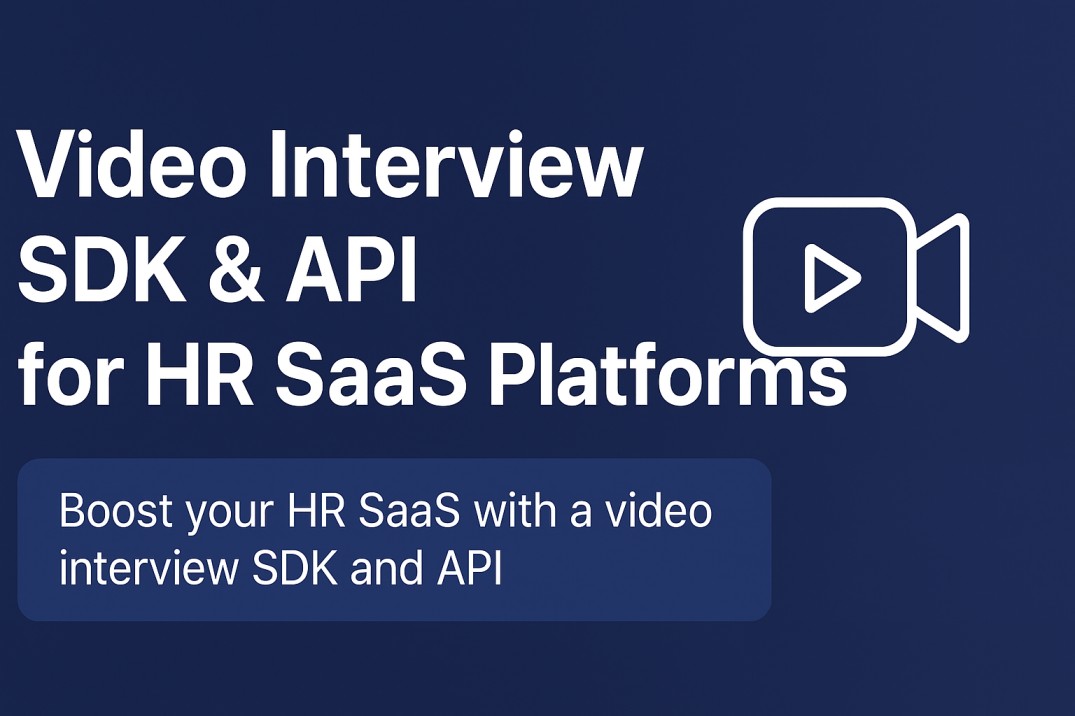In today’s digital-first healthcare landscape, enabling seamless virtual consultations isn’t just a “nice to have”; it’s mission critical. That’s exactly what CliniSYS, a fast-growing telemedicine platform in Brazil, discovered as it set out to bridge access gaps and help doctors and patients connect across vast regions.
In this blog we explore how CliniSYS leveraged the power of a robust video call SDK for healthcare, navigating challenges around reliability, integration complexity and scalability, and how they found their solution in Clan Meeting’s healthcare video conferencing API.
The Telemedicine Imperative
For digital health platforms like CliniSYS, video isn’t an optional extra; it’s the central interaction channel. Doctors need high-quality audio and video to assess patients and build trust. Patients, especially in underserved or rural areas, need a video experience that “just works”: no installs, minimal friction, and a sense of connection that mirrors an in-person visit.
But in practice, many platforms hit roadblocks when adopting video. CliniSYS found exactly this.
The Challenge
Before choosing Clan Meeting’s technology, CliniSYS tried multiple video conferencing solutions. They encountered three major pain points:
- Unstable connections and glitchy calls: This affected both patients and doctors. If the video fails, the consultation fails. Trust erodes.
- Poor integration experience: Heavy engineering effort, complex SDKs, and long cycles slowed innovation and diverted resources from core healthcare functionality.
- Scalability and cost issues: Without a usage-based model or simple infrastructure, scaling video meant higher cost and risk.
As CliniSYS’ Director of Operations, Jonathan Jr. Santos put it:
“We experienced poor reliability and unstable connections with other providers. These limitations negatively affected both doctors and patients and prevented us from offering a consistent consultation experience.”
In sum, CliniSYS needed a video conferencing API tailor made for telehealth, one that offered reliability, ease of integration, scalability, and cost effectiveness.
The Solution: Clan Meeting
Clan Meeting offered a comprehensive telemedicine video API and SDK that ticked the key boxes for CliniSYS. Here’s how the partnership played out:
- Ease of integration: The CliniSYS development team found the setup surprisingly quick. The SDKs were well documented, branded appropriately, and required minimal engineering overhead.
- Browser based, no install needed: Patients could join from a browser or mobile device without app installs, lowering the barrier to adoption.
- Localized and global ready: Full Brazilian Portuguese support for doctors and patients in Brazil, plus multilingual capabilities for future expansion.
- Cost efficient usage model: Rather than pay a fixed fee, CliniSYS paid for actual participant minutes, aligning cost with real usage and making scaling more sustainable.
Jonathan summarized the fit this way:
“Clan Meeting has had a very positive impact. Reliability improved, adoption increased, and the pricing model makes it scalable without unnecessary costs.”
The Impact
By switching to Clan Meeting’s video API and SDK, CliniSYS achieved measurable benefits:
- Improved call quality and stability: Doctors and patients connected smoothly with lower latency and fewer disruptions.
- Rapid adoption: In the first month with one client, CliniSYS hosted nearly 300 consultations, a strong early signal of success.
- Cost efficiency and scalability: With its usage-based pricing, CliniSYS avoided overpaying for unused capacity, a major win for scaling telemedicine.
- Accessibility and inclusion: Because the solution was web based and supported Portuguese, patients across Brazil could access it easily, helping reduce regional healthcare inequalities.
Why This Video Call SDK for Healthcare Works
What makes this kind of solution stand out, especially in the context of telehealth, are several key attributes:
- Reliability under real conditions: Telemedicine demands high availability, seamless audio and video, and minimal lag or dropout. Clan Meeting delivered this in practice for CliniSYS.
- Developer friendly integration: When launching a telehealth feature, engineering budgets and timelines matter. A well documented SDK or API frees developers to focus on healthcare workflows, not video plumbing.
- Cost model aligned with usage: Many video platforms charge large fixed fees; a usage based pricing model enables platforms to grow sustainably.
- Patient centric experience: No installs, intuitive UI, web access, lowering barriers and helping reach underserved patients.
- Localization and global readiness: Supporting local languages and global standards sets the foundation for scaling beyond one region.
Key Takeaways for Healthcare Platforms
If you’re building or scaling a telemedicine platform, here are some practical lessons drawn from CliniSYS’ experience:
- Prioritize a video SDK or API built for healthcare, not just generic conferencing. Telehealth has unique demands such as privacy, reliability, and integration.
- Check for ease of integration: How much development effort is required? Are the SDKs well documented? Does the vendor support branding and customization?
- Confirm the accessibility experience: Can patients join without installing an app? Is mobile or web support solid?
- Review the pricing model: Usage based pricing helps avoid paying for idle capacity.
- Consider localization and regulatory needs: Especially for multi region roll out, language support and region specific compliance matters.
- Measure real world outcomes: How many consultations can you host? What’s the adoption rate? What’s the cost per minute of usage?
Conclusion
In the evolving world of digital health, video is foundational. But deploying a healthcare video conferencing API that is reliable, scalable, and easy to integrate remains a challenge. The case of CliniSYS shows that selecting the right video call SDK for healthcare, one that aligns with telemedicine’s unique needs, can make the difference between stalled adoption and rapid growth.
As CliniSYS proved, when the video works smoothly, patients and doctors stay engaged, trust builds, and the platform scales. If you’re looking to build or enhance telemedicine capabilities, this is a challenge worth addressing, and the right video API or SDK can be the catalyst.





Comments